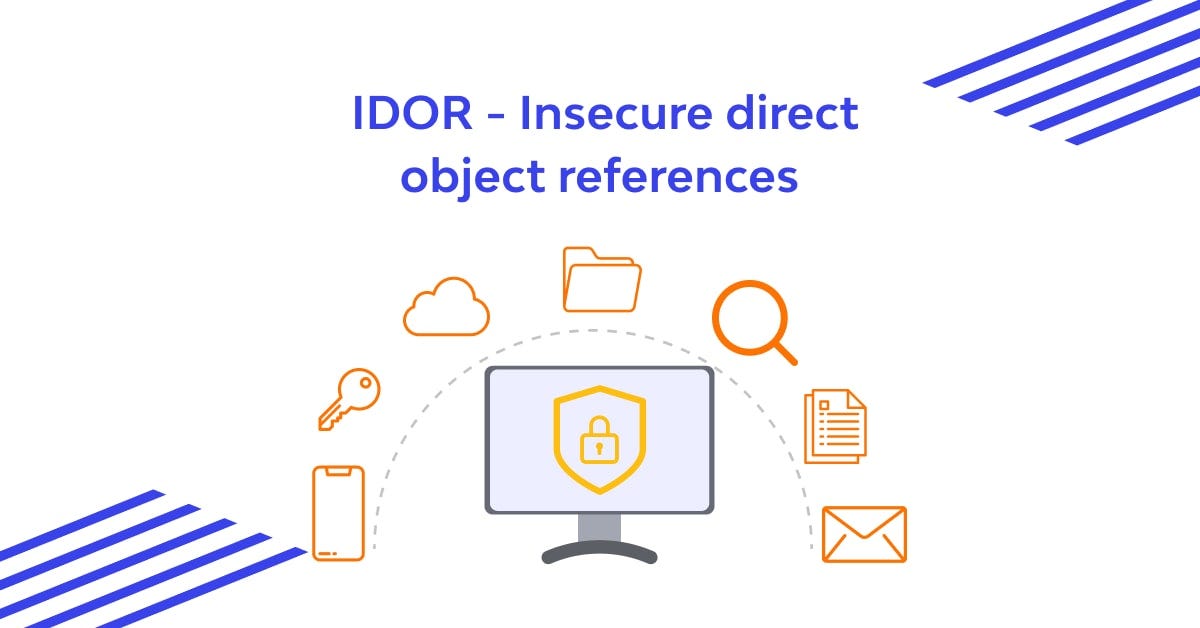BOOK THIS SPACE FOR AD
ARTICLE ADIn recent years, ransomware attacks have become an increasingly prevalent and concerning cybersecurity threat. Cybercriminals are constantly refining their techniques, making it crucial for organizations and individuals to stay informed about the evolving landscape of ransomware in 2021–2023. This article aims to provide a comprehensive overview of the current state of ransomware, examining real information, trends, defense strategies, and the consequences of these attacks.
The first half of the 2020s has witnessed a surge in ransomware attacks, with cybercriminals targeting both large corporations and individuals. Understanding the factors contributing to this rise is essential in developing effective defense mechanisms against this threat.
1. Changing Tactics and Sophistication
— Ransomware attackers have adopted more advanced techniques, including double extortion, where they not only encrypt data but also threaten to release it unless a ransom is paid.
— The emergence of ransomware-as-a-service (RaaS) platforms has lowered the entry barrier for aspiring cybercriminals, leading to an increase in attacks.
2. Exploitation of Vulnerabilities
— Cybercriminals frequently exploit security vulnerabilities in software and operating systems to gain unauthorized access to systems and launch ransomware attacks.
— Delayed patching and lack of proper cybersecurity measures leave organizations and individuals vulnerable to these attacks.
3. Financial Incentives
— Ransomware attacks have proven to be highly lucrative for cybercriminals, with ransom payments reaching millions of dollars.
— The emergence of cryptocurrencies, such as Bitcoin, has facilitated anonymous transactions, enabling attackers to receive ransom payments without being easily traced.
Over the past few years, numerous high-profile ransomware attacks have made headlines, demonstrating the severity and impact of this cyber threat. Examining these real cases provides valuable insights into the evolving tactics and consequences of ransomware attacks.
1. Colonial Pipeline Attack (2021)
— The Colonial Pipeline attack, attributed to the DarkSide ransomware group, disrupted fuel supplies across the East Coast of the United States, leading to panic buying and fuel shortages.
— The incident highlighted the vulnerability of critical infrastructure to ransomware attacks and raised concerns about the potential economic and societal implications of such incidents.
2. Kaseya VSA Attack (2021)
— The Kaseya VSA attack, perpetrated by the REvil ransomware group, targeted managed service providers (MSPs), leading to a cascading effect on their clients.
— Thousands of businesses worldwide were affected by the attack, highlighting the interconnectedness of supply chains and the potential for widespread disruptions.
3. JBS Foods Attack (2021)
— The JBS Foods attack, attributed to the REvil ransomware group, targeted one of the largest meat processing companies globally.
— The incident caused temporary shutdowns of several plants, impacting meat supplies and underscoring the vulnerability of critical industries to ransomware attacks.
To mitigate the risks associated with ransomware attacks, it is crucial to adopt proactive defense strategies that focus on prevention, detection, and response. Implementing a multi-layered approach can significantly enhance an organization’s resilience to these threats.
1. Regular Backup and Disaster Recovery
— Maintaining regular backups of critical data and systems can help restore operations quickly in the event of a ransomware attack.
— Backup data should be stored securely and offline to prevent it from being compromised during an attack.
2. Patch Management and Vulnerability Assessments
— Regularly updating software and operating systems with the latest security patches can minimize the risk of exploitation by ransomware attackers.
— Conducting vulnerability assessments helps identify and address potential weaknesses in the IT infrastructure.
3. Employee Education and Awareness
— Educating employees about safe browsing habits, email security, and the risks associated with suspicious links or attachments can significantly reduce the chances of a successful ransomware attack.
— Regularly updating employees about the latest ransomware trends and attack techniques can help them stay vigilant.
4. Robust Endpoint Security Solutions
— Deploying advanced endpoint security solutions, including next-generation antivirus software and intrusion detection systems, can help detect and block ransomware attacks.
— Endpoint security solutions should be regularly updated to stay ahead of evolving threats.
1. What should I do if my system is infected with ransomware?
— Disconnect the infected system from the network to prevent the ransomware from spreading further.
— Report the incident to your organization’s IT security team or, if necessary, seek professional assistance from a cybersecurity firm.
2. Should I pay the ransom if my files are encrypted by ransomware?
— Law enforcement agencies and cybersecurity experts strongly discourage paying ransoms, as it encourages further criminal activities.
— Paying the ransom does not guarantee that your files will be decrypted, and it fuels the profitability of ransomware attacks.
3. How can individuals protect themselves from ransomware attacks?
— Regularly update software and operating systems with the latest security patches.
— Use strong, unique passwords for all online accounts and enable two-factor authentication whenever possible.
— Be cautious while clicking on links or downloading attachments from unknown sources.
Ransomware attacks continue to pose a significant threat to organizations and individuals alike, with cybercriminals evolving their tactics and targeting critical infrastructure. Staying informed about the real information and trends surrounding ransomware in 2021–2023 is essential to effectively defend against these attacks. By implementing robust defense strategies, organizations can mitigate the risks associated with ransomware and protect their valuable data from falling into the wrong hands. Additionally, individuals can take proactive measures to safeguard their personal devices and information, contributing to a safer digital landscape for all.
.png)
 11 months ago
77
11 months ago
77 














 Bengali (Bangladesh) ·
Bengali (Bangladesh) ·  English (United States) ·
English (United States) ·